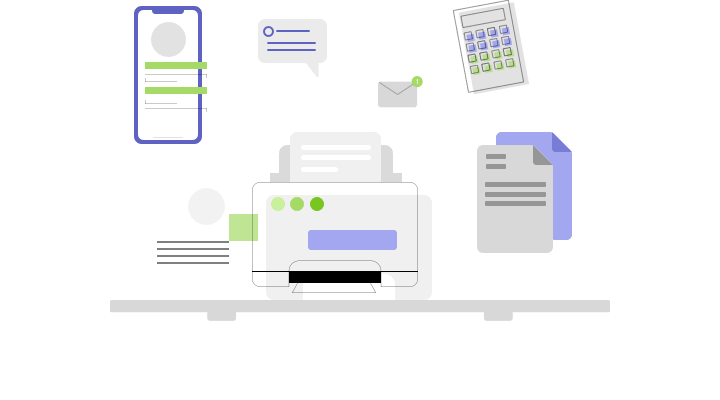What is manufacturing overhead in accounting? California Learning Resource Network

Finance Strategists has an advertising relationship with some of the companies included on this website. We may earn a commission when you click on a link or make a purchase through the links on our site. All of our content is based on objective analysis, and the opinions are our own. Defective materials or parts lead to company losses because they must be discarded or repaired and resold at a lower price than standard quality parts and materials.
How ProjectManager Helps With Manufacturing Costs
Factory rent and property taxes are significant components of manufacturing overhead. These costs are necessary for providing a physical space where manufacturing activities take place. Pay rent and property taxes regardless of production levels, which makes them fixed overhead costs. This makes it possible to assign indirect labor costs to different products by using the same method for allocating direct labor costs to products. This means that 66.67% of your production costs are considered manufacturing overhead. In order to know the manufacturing overhead cost to make one unit, divide the total manufacturing overhead by the number of units produced.
Track Your Manufacturing Overhead with MaintainX

As shown in the above table, each unit of Product X will be assigned $30 of overhead, and each unit of Product Y will be assigned $60 of overhead. This is reasonable so long as there is a correlation between the quantity of direct labor hours and the cost of manufacturing overhead. The manufacturing overhead rate is the ratio between overhead costs and the value of goods sold, which allows manufacturers to gauge the impact that overhead costs Partnership Accounting have on the profitability of their manufacturing operations.

Calculate the Overhead Absorption Rate
As we’ve stated, manufacturing overhead is a fundamental factor when calculating or working toward profitability. This helps you determine the unit price for the finished goods to ensure you see the returns you want. They remain the same at certain stages but increase based on production output. So, for example, insurance rates manufacturing overhead costs include will typically include a base rate, with premiums then based on factors like performance. Average wage of a worker is $40 per hour and total direct labor hours worked during the year equal 3 million. Insurance costs safeguard the manufacturing facility, equipment, and inventory from risks like fire, theft, and natural disasters.
New regulations may force businesses to invest in updated equipment or adopt new practices, raising overhead costs. While compliance is crucial, it can strain financial resources, particularly for smaller businesses. Unexpected maintenance costs for manufacturing equipment can also disrupt financial planning. Machinery breakdowns or the need for sudden repairs can lead to unplanned expenses, increasing the overall manufacturing overhead. Choosing an appropriate cost driver is important, as it should accurately reflect the relationship between overhead costs and production activities. Office supplies used within the manufacturing plant, such as paper, pens, and administrative materials, also fall normal balance under manufacturing overhead.
- He has been a manager and an auditor with Deloitte, a big 4 accountancy firm, and holds a degree from Loughborough University.
- Cost accountants spread these costs over the entire inventory, since it is not possible to track the individual indirect material used.
- You can even set reminders for timesheets to make sure that everything runs smoothly.
- As mentioned above, you can track costs on the real-time dashboard and real-time portfolio dashboard, but you can also pull cost and budget data in downloadable reports with a keystroke.
- Manufacturing overhead, or factory overhead, is a company’s indirect cost of production.
- The most significant advantage of including manufacturing overhead in your budget is that it lets you see where most of your monthly money goes.
- If your manufacturing overhead rate is low, it means that the business is using its resources efficiently and effectively.
- Overhead costs are essential to understand because they can significantly affect the total cost of production.
- Establishing a methodical approach to classify and track overhead costs can help organizations pinpoint unnecessary expenditures.
- Let’s look at several of the traditional methods for allocating manufacturing overhead.
- Typical variable manufacturing overhead costs are indirect labor, utilities, etc.
- This method is used when there is no particular pattern to the asset’s loss of value.
- Automated systems, data analytics, and AI are transforming how manufacturers operate.
- But pricing based solely on direct costs will likely result in a product priced too low and a reduced profit margin.
Manufacturing overhead is an essential part of manufacturing cost accounting and should be a key factor in determining your products’ prices. In this post, we review manufacturing overhead basics and see how manufacturing software can help streamline cost accounting. ProjectManager is cloud-based software that keeps everyone connected in your business. Salespeople on the road are getting the same real-time data that managers and workers are the floors are using to run production. ProjectManager has the tools you need to keep monitor and control all your costs, including your manufacturing overhead.
- This helps them determine whether or not they’re getting good value for their money or if cheaper alternatives might be available elsewhere.
- This makes it possible to assign indirect labor costs to different products by using the same method for allocating direct labor costs to products.
- The rent invoice is received from the supplier and charged to the rent expense account.
- Manufacturing overhead is an essential part of manufacturing cost accounting and should be a key factor in determining your products’ prices.
- If one product sells better than the other, it might make sense to produce more units because those units will generate more sales revenue than if produced at an equal rate with the other product.
- ProjectManager has the tools you need to keep monitor and control all your costs, including your manufacturing overhead.
- For example, if you pay $100 in rent per month and rent out a workshop for $200 per month, that rent expense can be deducted from taxable revenues as a business expense.
At its core, the total manufacturing cost is the sum of all expenses incurred in the production process. These costs can fluctuate significantly based on factors like production volume, resource availability, and technological advancements. For example, a facility operating at limited capacity may face higher per-unit costs compared to one running at full capacity. This concept is crucial for businesses to grasp, as it can influence decisions on scaling production or investing in more efficient machinery. The majority of material costs can be directly attributed to a particular product and will therefore be included in direct materials.


